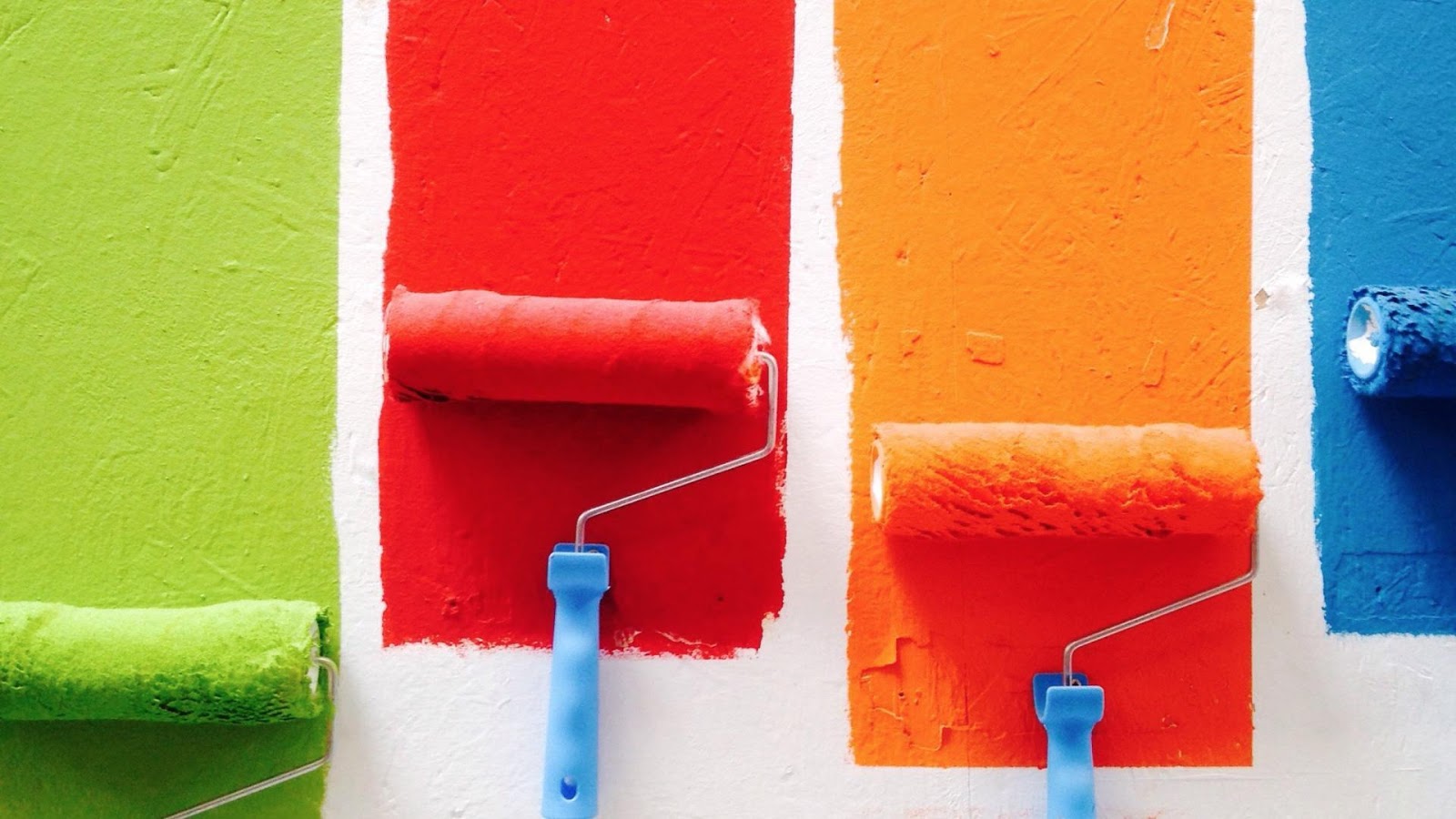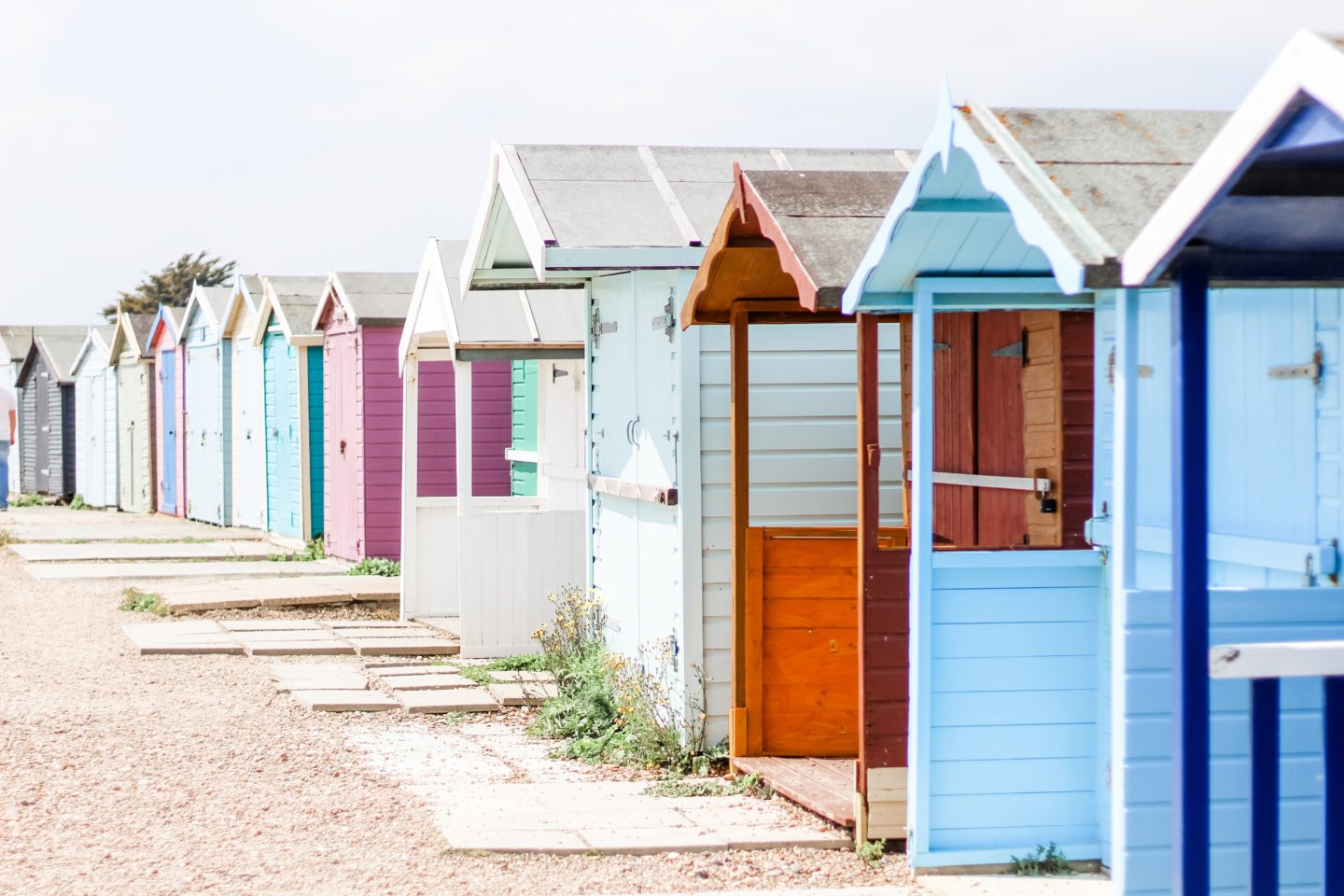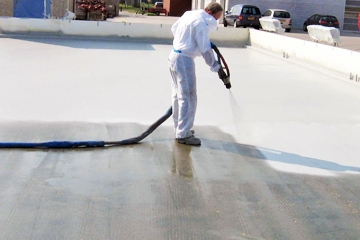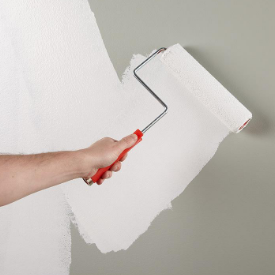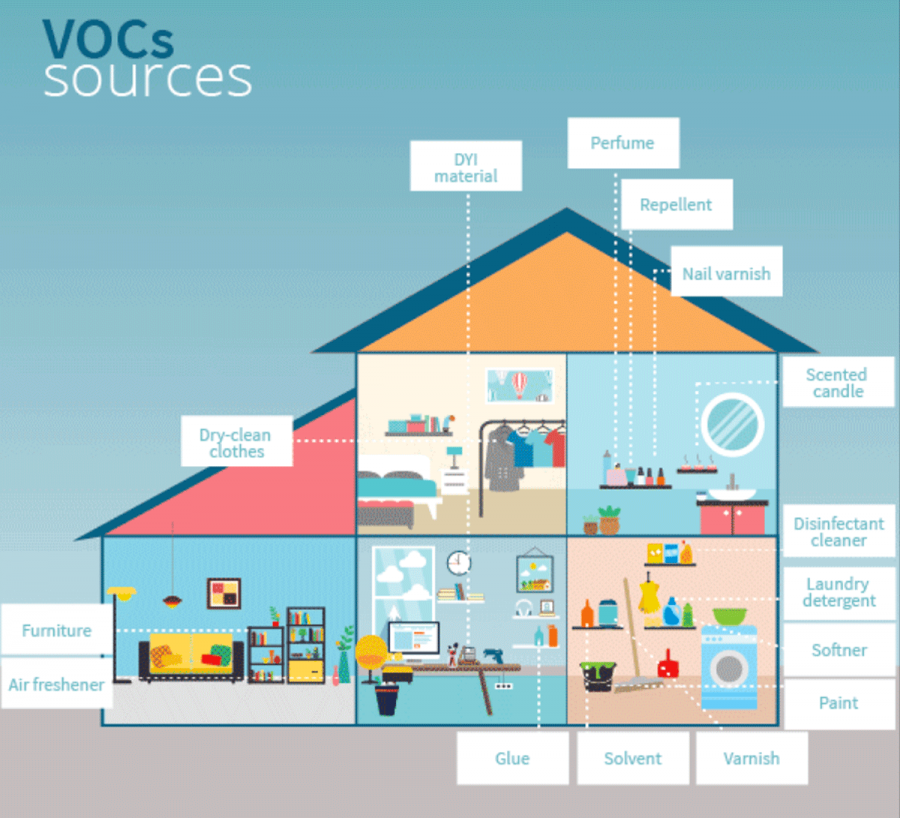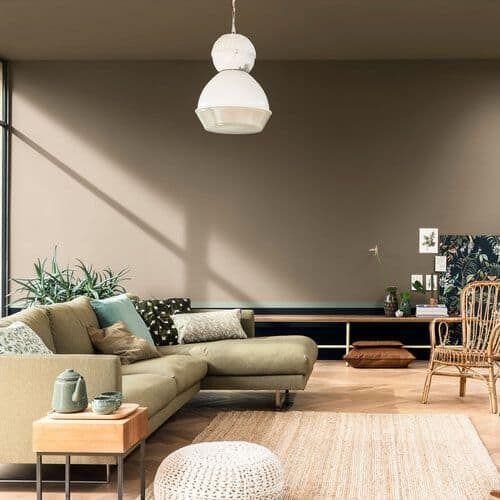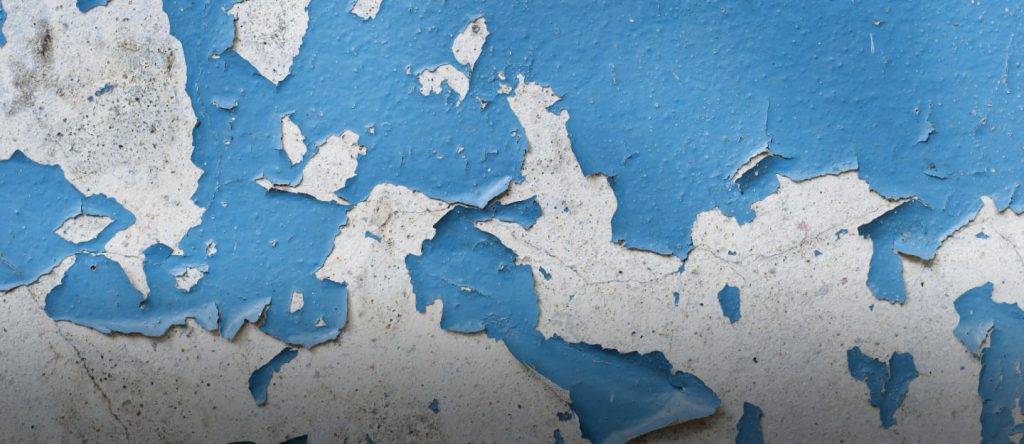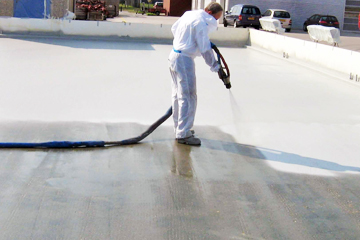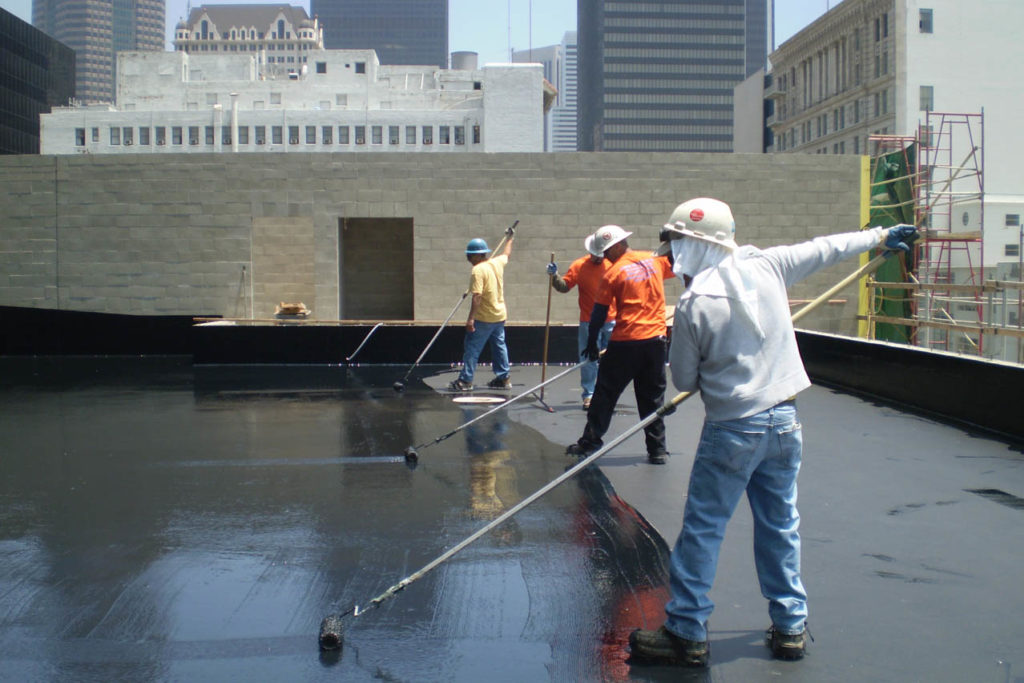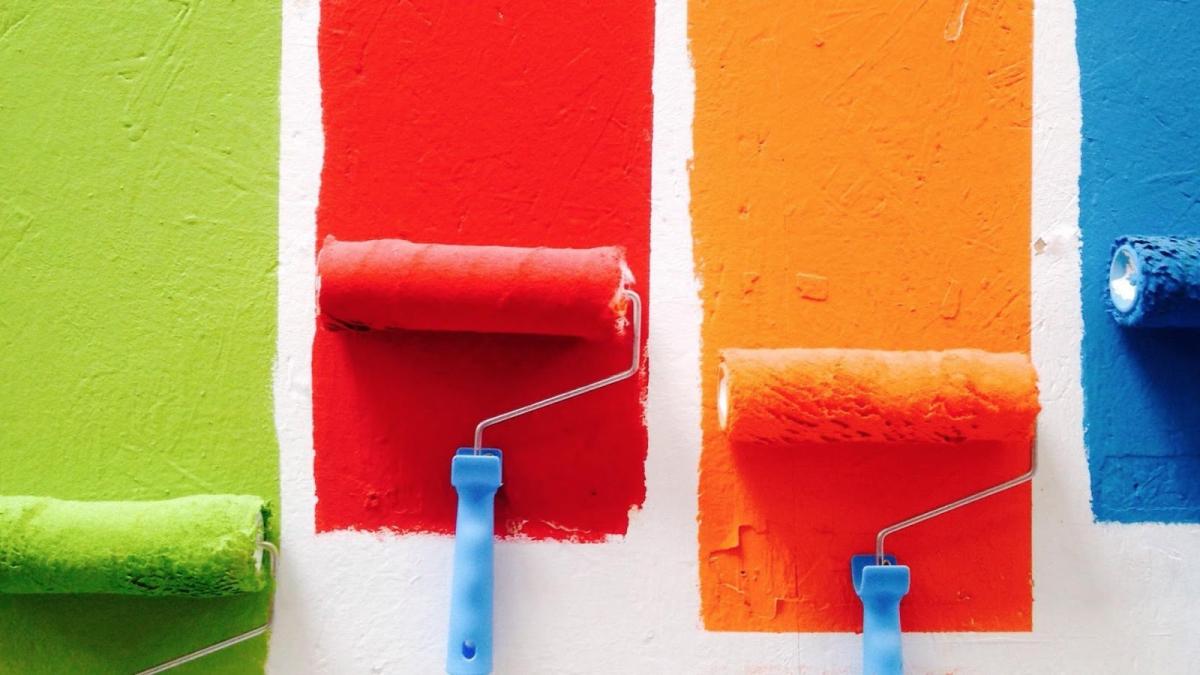Waterproofing and waterproofing measures for the house
What is waterproofing?
Waterproofing is the process of preventing the penetration of water or moisture into the interior of a building, like your home. When effective waterproofing measures are not in place, water can seep through building materials, causing damage, affecting structures, and posing a hazard to the health and safety of users.
Measures to use waterproofing for the house
Choosing waterproofing building materials: Use materials such as waterproof cement, waterproof paint, fiberglass, waterproof tarpaulin, or specialized products to create a waterproofing layer on the building surface.
Construction of waterproofing layer: By using waterproofing materials, waterproofing can be applied on peripheral surfaces of the house, such as roofs, walls, floors, and windows. The process involves creating a bonding waterproofing layer that is watertight and resistant to the pressure of water.
Dealing with weaknesses: Check for and treat weaknesses such as joints, pits, crevices, or areas that can allow water to penetrate such as plumbing, drainage pipes, maintenance holes, windows, walls, leaks, and other structures.
Efficient drainage system: Make sure your home's drainage system is working properly and properly. This includes the installation of drainage pipes, storm drainage systems, maintenance holes and water tanks.
Evaluation and maintenance: Periodically inspect and maintain waterproofing systems to detect and fix problems before they become more serious.
.jpg)
The effect of waterproofing
Prevent water penetration: The waterproofing layer applied on the building surface creates a barrier against the permeation of water from the external environment. This prevents rainwater, groundwater, or water from other sources from entering the home.
Structural protection: When water seeps through building materials, it can cause damage and weakening of the structure of the home. Water can soften cement, cause decomposition, and affect the solidity of walls, foundations, floors, and other structures. By effectively waterproofing, you protect the stability and durability of your home.
Preventing interior damage: When water enters the house, it can cause damage to the interior, such as mold, paint peeling, rust, rust, and damage to materials such as wood, plywood, fabric, and electronics. Waterproofing ensures a dry indoor environment, keeps the interior preserved and prevents damage.
Health and safety protection: Water seeping through wet areas can create conditions for the growth of bacteria, mold, and insects harmful to human health. In addition, water penetration can also pose a hazard to the electrical system in the home. Waterproofing helps keep living spaces dry, reduces the risk of health problems, and ensures family safety.
In short, waterproofing plays a key role in protecting the house from damage, protecting the interior, and protecting the building materials of the house.
Other news
- Health and environmental safety criteria for paint
- The effect of UV rays on exterior paint
- What you need to know about paint primers
- VOCs in the Chemical and Paint Industry
- What is Nano and Application in the Paint Industry
- Wall paint peeling: Causes and overcomes
- Waterproofing materials, use and functions of various types of waterproofing materials
- Guide to choosing the right interior paint products from Koro Paints for your décor
- How to choose the Paint for sea weather?
- What is interior primer? Criteria to choose the best primer


